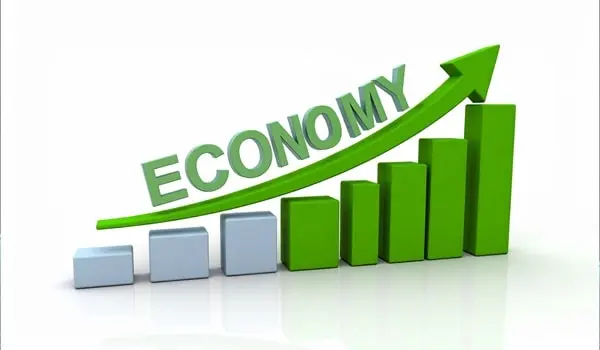India’s economic prospects received a boost this week as NITI Aayog released its mid-year economic outlook on June 25, revising India’s GDP growth estimate for the fiscal year 2024–25 upward from 7.4% to 7.8%. The report attributes the stronger-than-expected growth to a surge in manufacturing output, robust private consumption in urban centers, and a pickup in infrastructure investment driven by government spending.
Key contributors to the revised estimate include the automotive sector’s 15% growth, driven by increased electric vehicle adoption and exports; the electronics industry, particularly semiconductor assembly; and the real estate sector, buoyed by increased housing demand in Tier-2 and Tier-3 cities. The report also notes a significant uptick in domestic tourism and service sector activities, supporting job creation and consumption.
However, the report cautions against complacency. Agricultural output is facing uncertainty due to uneven monsoon patterns across central and eastern India, exacerbated by the ongoing El Niño effect. Food inflation remains a concern, with vegetable and cereal prices showing double-digit increases over the past three months. In the external sector, declining demand in Europe and North America has led to a slowdown in IT and BPO exports, traditionally strong contributors to India’s services exports.
The finance ministry responded positively to the report, with Finance Minister Nirmala Sitharaman highlighting that the economy’s resilience stems from structural reforms like the Production Linked Incentive (PLI) schemes, Make in India, and improved ease of doing business. She announced that the government will soon unveil a new export promotion strategy to offset the slowdown in traditional markets and explore growth in African and Southeast Asian regions.
Among the recommendations in the report are:
- Accelerating disinvestment of underperforming public sector enterprises to unlock capital.
- Expanding the National Skill Development Mission to match changing industry requirements.
- Deepening financial inclusion to boost rural consumption.
- Ensuring timely implementation of the National Logistics Policy to reduce costs and improve supply chains.
A crucial aspect of the report is its analysis of the “K-shaped recovery” — where some sectors (manufacturing, fintech) recover faster while others (hospitality, small informal businesses) lag behind. Addressing this uneven recovery is essential to ensuring inclusive growth.
From an exam perspective, aspirants should prepare on:
- GDP calculation methods, recent revisions in base year, and indicators of economic health.
- Government policies driving economic recovery, especially PLI, Gati Shakti, and National Monetisation Pipeline.
- Challenges of unemployment, inflation, and fiscal deficit — and their interlinkages.
Understanding the broader economic narrative — how domestic strengths like consumption and manufacturing interplay with global factors like trade dynamics and geopolitical tensions — will help aspirants write well-rounded answers in both GS-III and essay papers.

